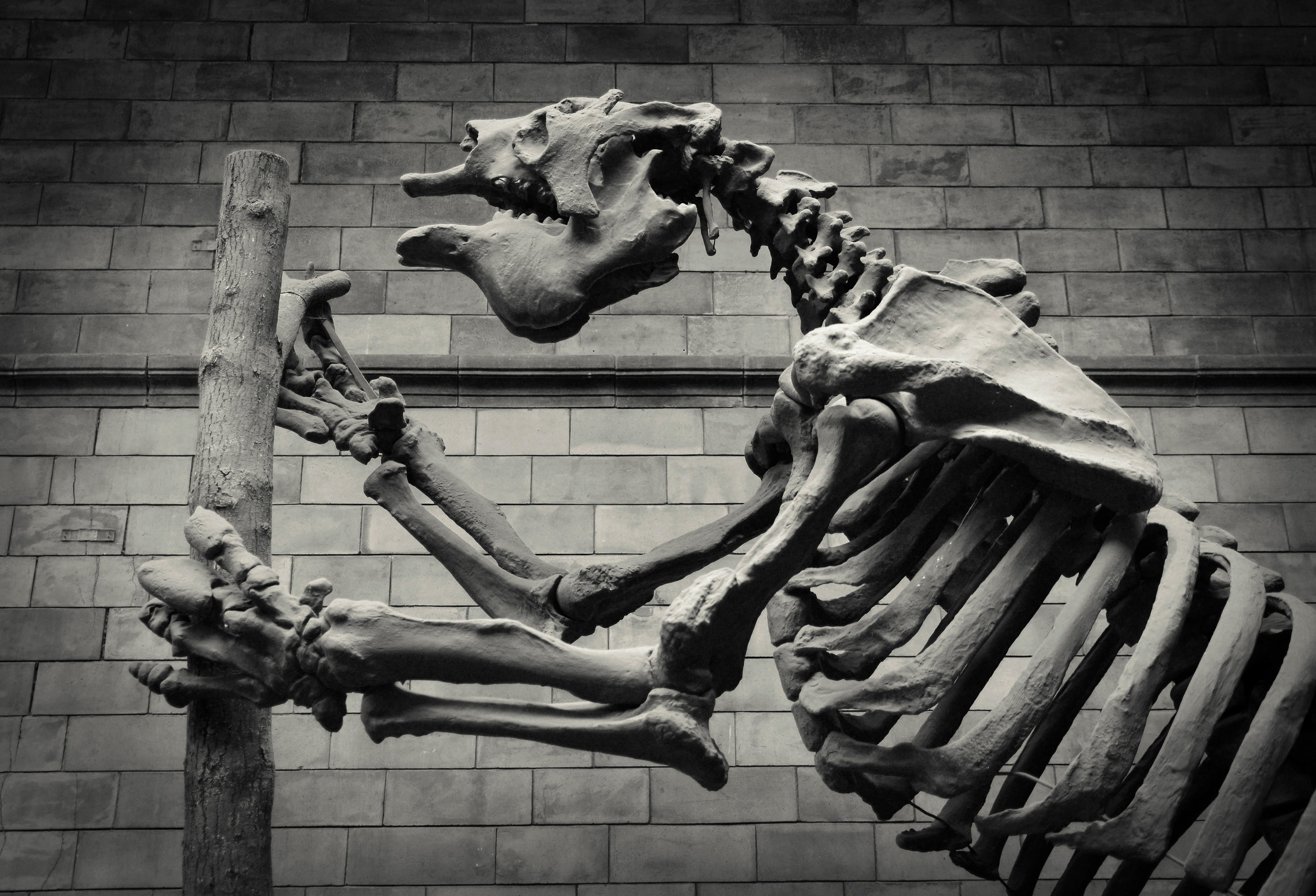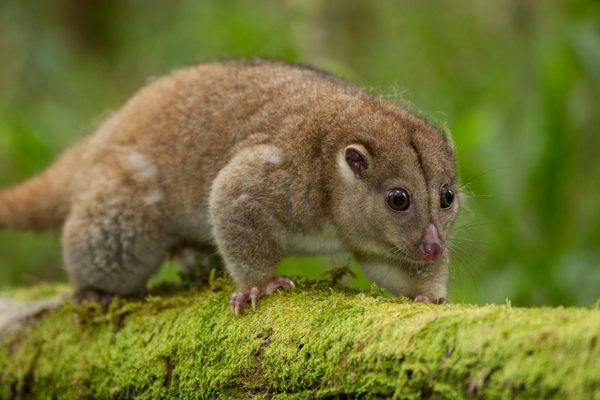Like Avocados? Thank This Giant Extinct Sloth
They ate avocados, pit and all.

Last December, social media buzzed with a new food innovation: seedless avocados. Available only in a few British supermarkets, they supposedly prevent “avocado hand.” This surprisingly common injury, from knife slippage while prying out avocado seeds, can cause serious nerve and tendon damage. But if we all had digestive systems like the ancient, extinct lestodon, we wouldn’t have this pesky problem. That’s because lestodons could eat avocado pits, which is the only reason we have avocados at all.
Lestodons might sound like toothy, scaly dinosaurs. But these Cenozoic-era creatures were sloths, the direct ancestors of the ones still around today. Lestodons were much, much larger than your typical sloth; they put the “mega” in “megafauna.” Weighing from two to four tons, lestodons, along with other “ground sloths,” roamed grassy plains in South America. Their diet consisted of grass and foliage. But they occasionally ate a more nutritious treat: the early avocado.
Giant sloths, along with megafauna like gomphotheres and glyptodons, feasted on whole avocados and spread their seeds over South America. These enormous creatures’ digestive systems could process large seeds, and avocados benefited. When pooped out, far from their parent trees, the seeds could sprout and grow without competition for water and sunlight. It was a good deal all around, and it likely resulted in avocados as we know them: fatty and large-pitted, all the better to attract huge sloths.

Many big-seeded plants across the Americas, such as osage oranges and honeylocusts, similarly were propagated by megafauna. Until one day, there weren’t any left. Near the end of the Pleistocene Ice Age, a fluctuating climate wiped out many megafauna. (Some survived, such as the much-bigger-than-you-think moose.) Accordingly, the ranges of many of the plants they ate also shrank. Without large creatures around, seeds simply fell to the ground and rotted.
The avocado might have only survived in a valley or two as a small, obscure fruit, if a new propagator hadn’t come along: us. While human hunters likely contributed to the end of the megafauna, both giant sloths and people had something in common: a love for luscious avocado. Though humans weren’t swallowing the fruits whole, they did plant them widely over South and Central America, probably giving themselves avocado hand all along the way.
The maligned avocado pit is what’s called an “evolutionary anachronism.” No sloth on today’s earth is capable of pooping out such a large seed, yet the pit persists. But just as avocados adapted for megafauna, so do we adapt avocados to our needs. Perhaps the avocado pit will go the way of the lestodon.
Gastro Obscura covers the world’s most wondrous food and drink.
Sign up for our email, delivered twice a week.

























Follow us on Twitter to get the latest on the world's hidden wonders.
Like us on Facebook to get the latest on the world's hidden wonders.
Follow us on Twitter Like us on Facebook